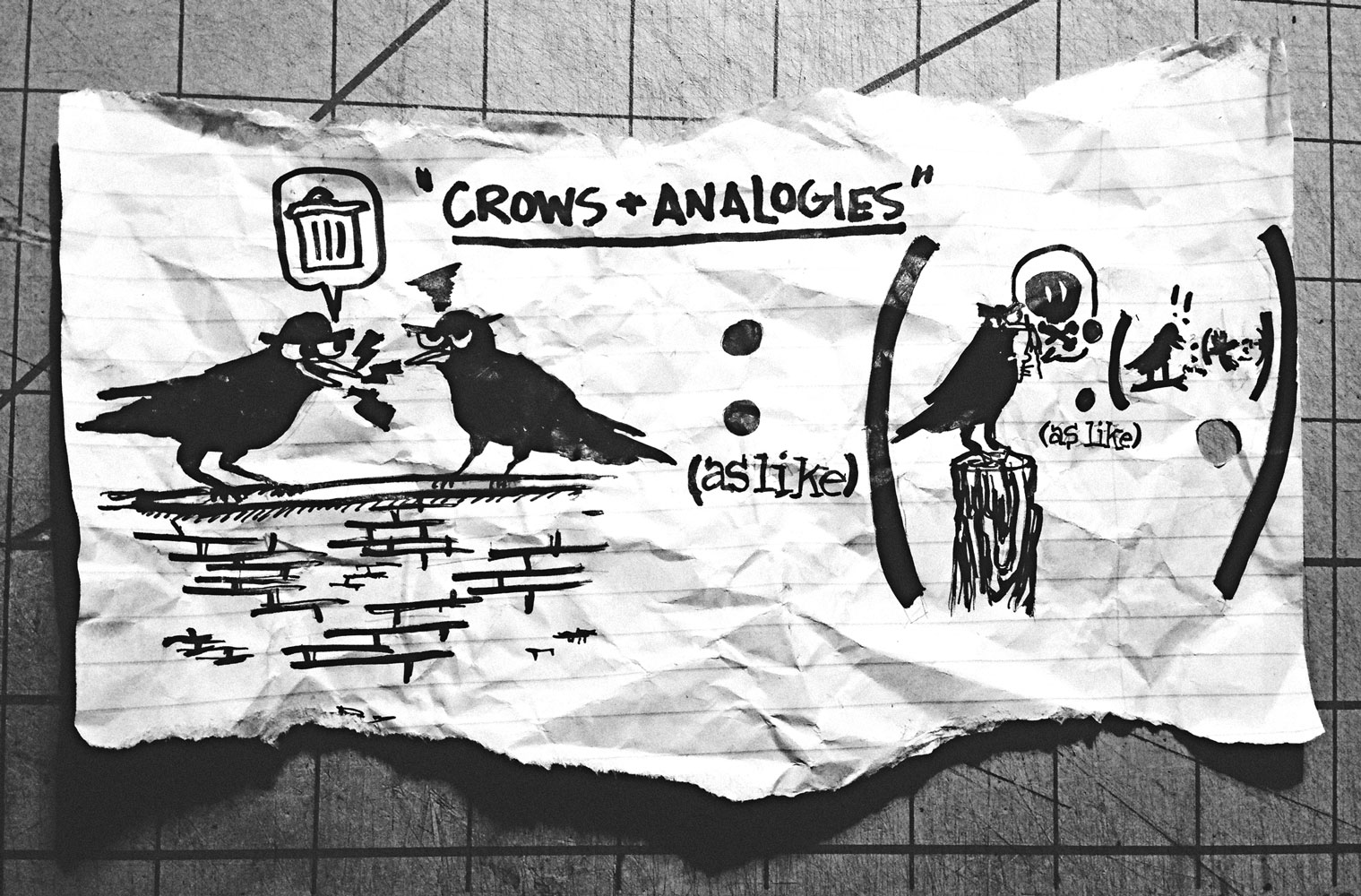Nothing, it seems, motivates people quite as strongly as money. Like it or not, financial loss or gain is one of the best ways to get people onboard with a new way of thinking. For an excellent example of this, look to the mini-fuel-crisis of 2008, when gas prices peaked at more than $1.40 per litre. As a direct consequence of this spike in fuel costs, SUV sales tanked, and Toyota reported the sale of its millionth Prius in North America. Not everyone can afford the $27,800 sticker price for a brand new hybrid though, and this shouldn’t mean that you too can’t experience the thrill of sticking it to “big oil” through awesome fuel economy. This is your handy guide to doing just that; this is your guide to hypermiling.
First though, a word to the wise: some of the techniques hypermilers use, if taken to the extreme, can be dangerous. Yes, starting your car from a stop is less efficient than accelerating from a coast, but this does not mean that you should go around coasting through stop signs. Use these hints, but please, also use common sense.
Coined in 2004 by Wayne Gerdes, who some call “America’s greatest hypermiler,” the term “hypermiling” was officially added to the new Oxford English Dictionary in 2008 — and was voted that year’s best new word. Put simply, hypermiling is a way of driving that utilizes several small changes in driving habits to significantly increase the distance one can travel on a tank of gas. For example, the Washington Post’s Joshua Zumbrun, using Gerdes’ techniques, improved the mileage of his 2001 Honda Insight by 57.5 per cent.
The automotively inclined among you might have scoffed at the figure above, for you would have surely noted that the Honda Insight is a hybrid. According to Gereds though, anyone can be a hypermiler and see big improvements to their fuel economy, regardless of whether their car is a 2010 Chevrolet Suburban or 1979 Honda Civic. The following is some of the advice Gerdes gave Zumbrun, and some additional things you can do to save gas, and money.
Check those tire pressures
Tires are some of the most important pieces of equipment on your car, yet they are so often neglected. If you think about it, you could have the most amazing traction control system in the world, but if your tires are bald, you’re still going to slide off the road.
Tires are also very important to attaining great gas mileage, since an improperly inflated tire rolls less efficiently, and will rob kilometres from your valuable L/100km figures.
Hypermilers advocate inflating your tires to the maximum pressure written on the side of the tire (indeed, some advocate exceeding this maximum); however a representative from Fountain Tire counters this claim, saying that the pressure recommended by the vehicle’s manufacturer, written in the owner’s manual or on the driver’s door jamb, is the optimal pressure for economy as well as for safety.
Regardless of whose advice you take, keeping your tire pressures in check is always a good idea, and worth the few dollars for a pressure gauge.
Drive the speed limit
Remember your driving instructor all those years ago telling you to slow down and drive the speed limit? Well, they weren’t just trying to save your drivers’ license; they were also trying to save your gas. According to Zumbrun’s article, mileage drops as soon as your speed exceeds approximately 60 km/h. Furthermore, for every eight km/h you go over 90, you use 10 per cent more fuel.
Be delicate with those pedals
Whether it’s the gas or the brake pedal, jamming your foot to the floor is counter productive. Those who can master their feet and delicately apply pressure to accelerate or slow down will achieve the best mileage.
Coast. When safe!
Isaac Newton’s first law of motion states that: an object at rest tends to stay at rest. How does this tidbit apply to you and your fuel economy figures? Well, this principle means that you use the most energy (fuel) when moving your vehicle from a stop. As an antidote to this problem, you should simply avoid stopping — when safe to do so, of course.
This doesn’t mean that you should join the plethora of Winnipeggers who regard the word “stop” on a “stop sign” as more of a guideline than a rule. Rather, it means that, when driving on a street with traffic lights, keep some of your attention on what’s going on ahead of you. If a stoplight a kilometre ahead of you turns yellow, take your foot off the accelerator, and coast up to it. If you’re lucky, it will be green again before you get there, but even if you’re not so lucky and it’s still red upon your arrival, well, at least you didn’t waste all that gas racing up to the intersection only just to stop anyway.
Empty your trunk
Not counting the spare tire and its associated hardware, what do you have rattling around in your trunk right now? Every gram of additional baggage makes it a little bit harder for your engine to accelerate and maintain speed. The truly hard-core might even consider dropping their spare for a can of Fix-a-Flat; however, I don’t know if I would want to be stuck on a dark road somewhere with nothing but an aerosol can to get me home.
Do these tips work?
My car is a 2009 Subaru Legacy station wagon. It displays both the immediate fuel economy and the historical average economy, which is linked to the trip computer. Serendipitously, I needed to run all over the city, through a route which would be roughly equal parts neighbourhood driving, with lots of stop signs and travel along major routes, such as Pembina Highway and McGillivray Boulevard.
In preparation for the experiment, I removed the ski racks from my car, and checked my tire pressures, confirming that they were at Subaru’s specifications. Scrolling through the car’s computer before setting off I noted that my average economy was 13.4 L/100 km, or about 14 per cent higher than it should be — a testament to my heavy right foot. With a stab of my finger I zeroed the trip computer — which also zeroed the average fuel economy display — and set off.
From the get go I could feel the annoyed eyes of my fellow motorists on my back bumper. Indeed, had I been behind someone who was accelerating as slowly as I was, the Viking in me would have not been impressed, but the trip computer did not lie, and indicated that I was sipping fuel at a rate of only 9 L/100 km. After avoiding several stop lights by coasting until they changed to green, my computer indicated that I had reduced my consumption by a further 0.6 litres.
Over the course of the next 85 kilometres my computer rewarded me, and scolded me, and at the end of the night it reported a final figure of 8.6 L/100 km, an improvement of about 56 per cent over my previous average, and a full 3.1 litres better than what the American EPA claims my vehicle should be able to get.
I was a hypermiler, and it felt pretty good. A Zen-like calm came over me as I coasted toward intersections and feathered the accelerator. Furthermore, I had a sense of smug satisfaction over the fact that I was seeing such a healthy improvement in my economy from doing so little. Am I a hypermiler for life? That is yet to be seen, although I can guarantee one thing: next time I check the average economy function on my car’s computer and see a figure in the teens, I’m going to be pretty ticked off, since I’ll know that I wasted a full third of a tank of fuel, thanks to my delusions of being a rally driver.




